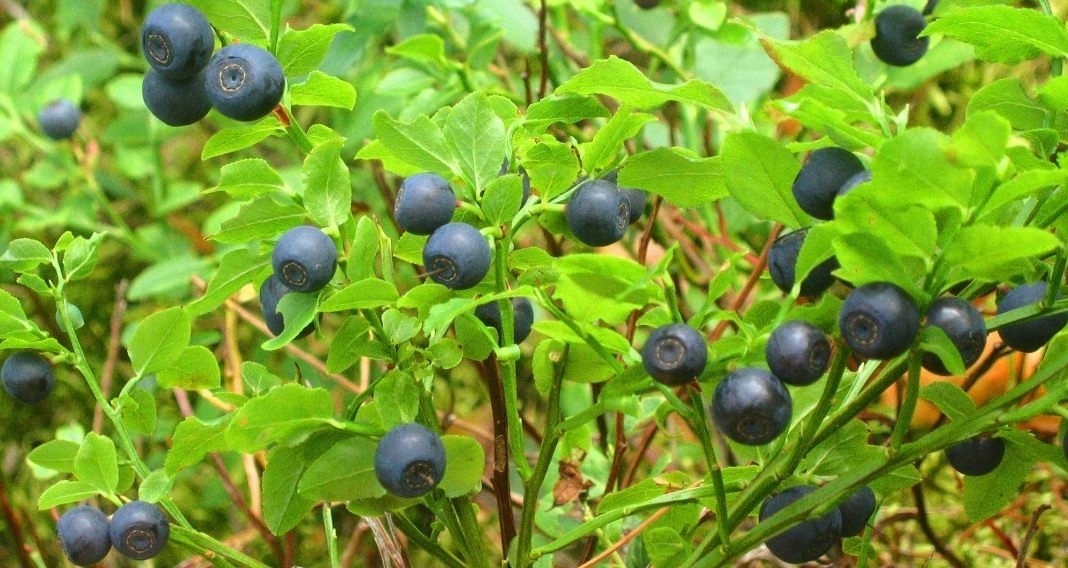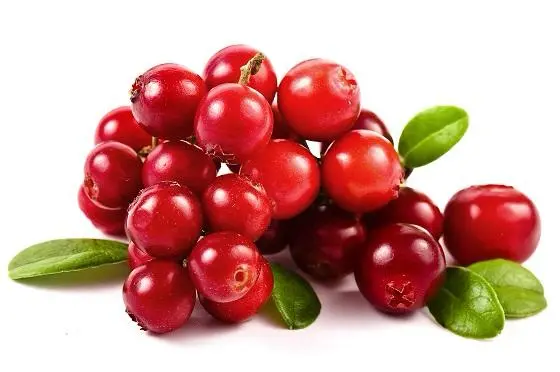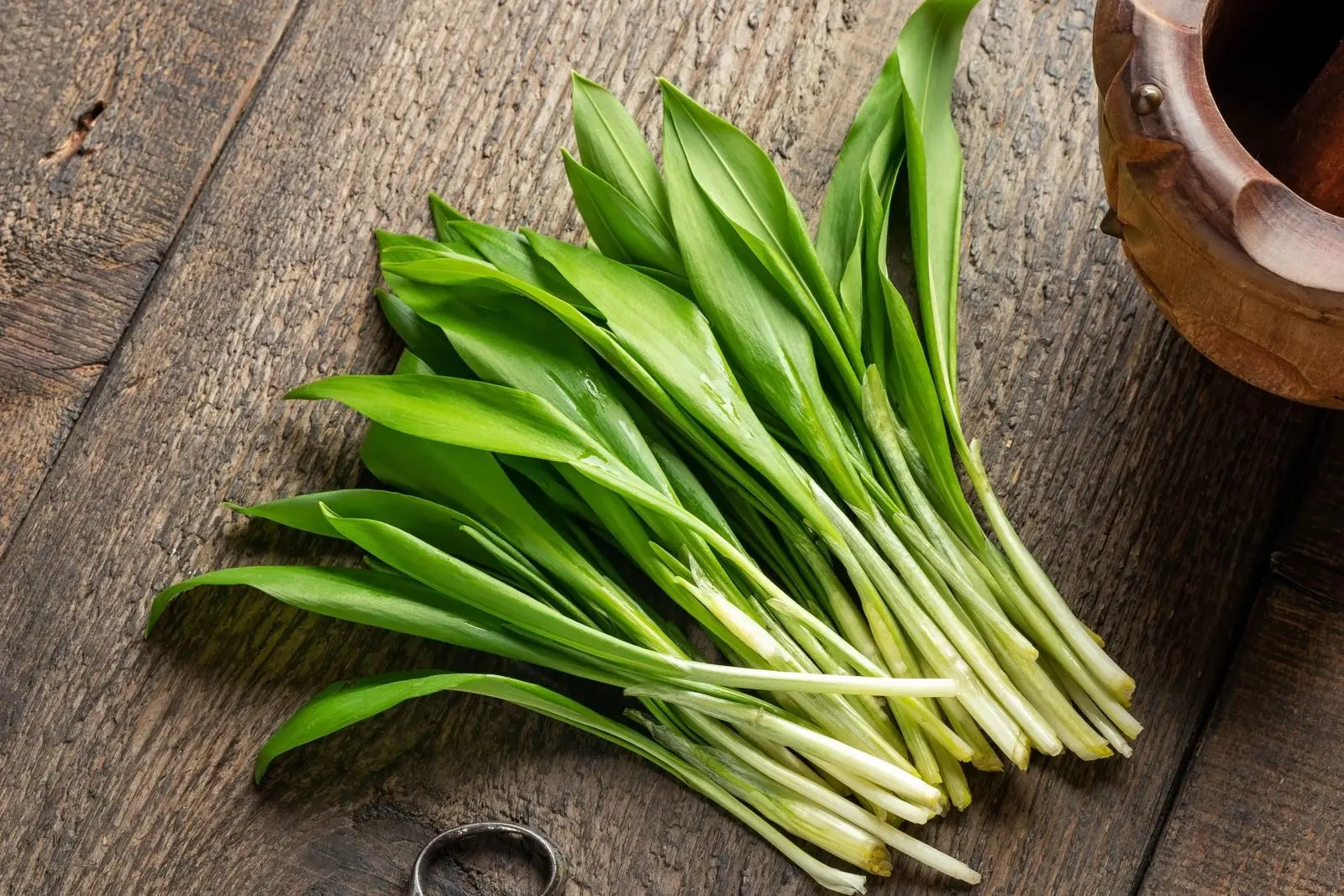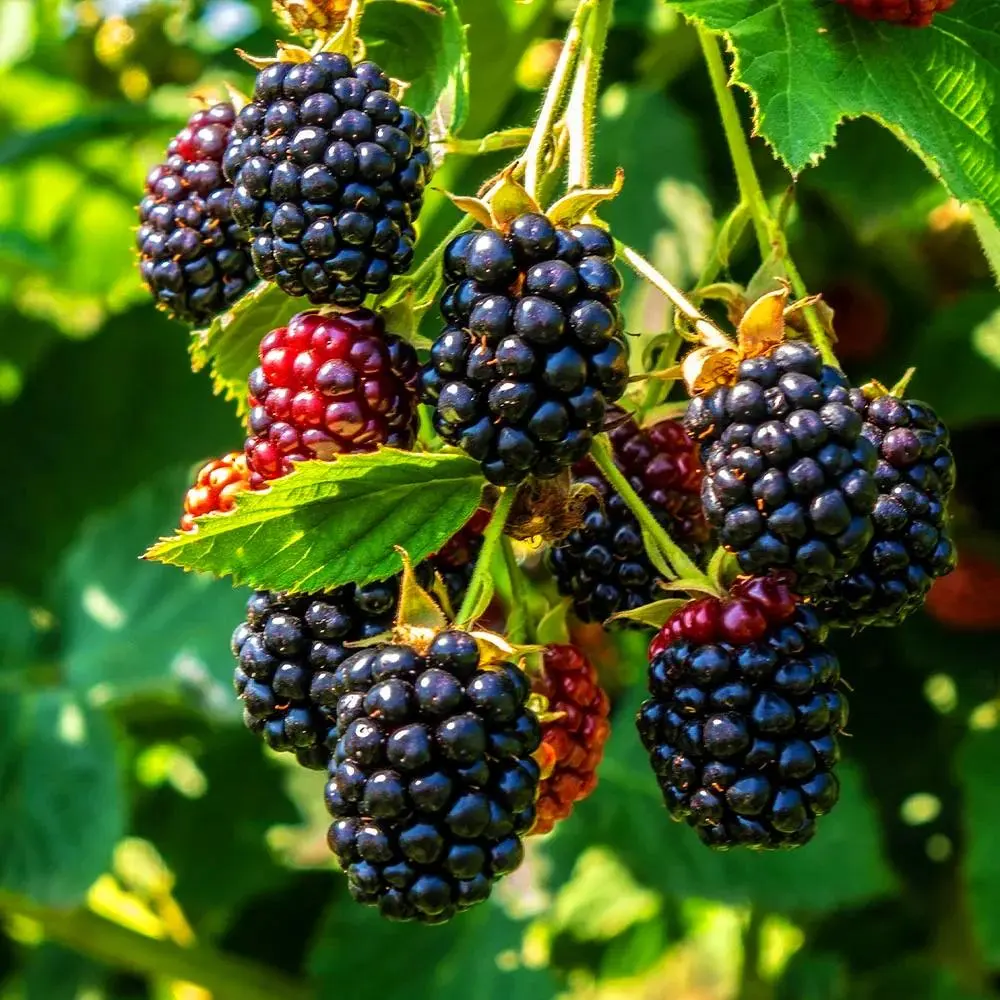
The rugged slopes of Romania's Apuseni Mountains yield some of Europe's most flavorful wild blackberries (known locally as "mure"). Growing naturally without pesticides or artificial irrigation, these berries develop an intensity of flavor and nutritional profile that commercially grown varieties simply cannot match. However, the wild blackberry season is fleeting – typically just a few weeks in late summer – making preservation techniques essential for enjoying these forest treasures year-round.
Romanian mountain communities have perfected the art of preserving wild blackberries over centuries, developing methods that maintain not only flavor but also nutritional integrity. Unlike many commercial preservation processes that rely on excessive sugar, artificial preservatives, or high-temperature processing, these traditional techniques work with nature to extend the blackberry harvest through winter and beyond.
The Unique Nature of Wild Blackberries
Before exploring preservation methods, it's important to understand what makes wild blackberries special. Wild blackberries from the Apuseni Mountains differ significantly from cultivated varieties:
- Size and Structure: Generally smaller but with more intense flavor and higher seed-to-pulp ratio
- Flavor Profile: More complex, with a perfect balance of sweetness and acidity
- Antioxidant Content: Up to 50% higher anthocyanin content than cultivated varieties
- Natural Pectin: Higher natural pectin content, aiding in preservation
- Harvesting Challenge: Grow in less accessible areas and require careful hand-picking

Proper Harvesting: The First Step in Preservation
The preservation process actually begins in the forest. How and when blackberries are harvested significantly affects their shelf life and suitability for different preservation methods:
- Timing: Harvest only fully ripe berries - they should be deep black with a slight dullness to their shine
- Weather Conditions: Ideally harvest on dry days after at least 24 hours without rain
- Collection Methods: Use shallow baskets or containers to prevent crushing
- Handling: Minimize handling and avoid washing until just before processing
- Sorting: Remove any damaged, unripe, or overripe berries immediately
In the Apuseni region, most foragers use traditional hand-woven baskets made from willow or hazel branches. These containers allow air circulation, preventing condensation that can accelerate spoilage. The shallow design ensures berries aren't stacked too deeply and crushed by their own weight.
Traditional Preservation Methods
1. Natural Freezing
Freezing is the simplest method for preserving wild blackberries while maintaining their nutritional profile and structural integrity. The traditional Romanian approach differs from simple refrigeration:
- Dry-Freezing Preparation: Carefully sort berries, then spread them in a single layer on clean linen cloths
- Initial Freezing: Place berries in a single layer on trays in the freezer until solid (about 2-3 hours)
- Storage Transfer: Once frozen, transfer to airtight containers or traditional wooden boxes lined with parchment
- Layering Technique: For long-term storage, experienced preservers alternate thin layers of berries with layers of sugar or honey
This method preserves individual berries without forming a solid mass, allowing you to take just what you need. Properly frozen wild blackberries maintain their flavor and nutritional properties for up to 10 months.
2. Traditional Sun Drying
Before modern technology, mountain communities relied on natural dehydration to preserve blackberries. This method concentrates flavors and creates a versatile ingredient:
- Preparation: Carefully wash berries, then pat completely dry with linen cloths
- Arrangement: Arrange in a single layer on wooden racks covered with clean cotton or linen
- Drying Location: Place in direct sunlight with good air circulation, ideally at slight elevation
- Protection: Cover with fine mesh to protect from insects but allow air flow
- Drying Time: Turn berries daily; complete drying takes 3-7 days depending on weather
- Completion Test: Properly dried berries should be shriveled but still slightly pliable, not hard
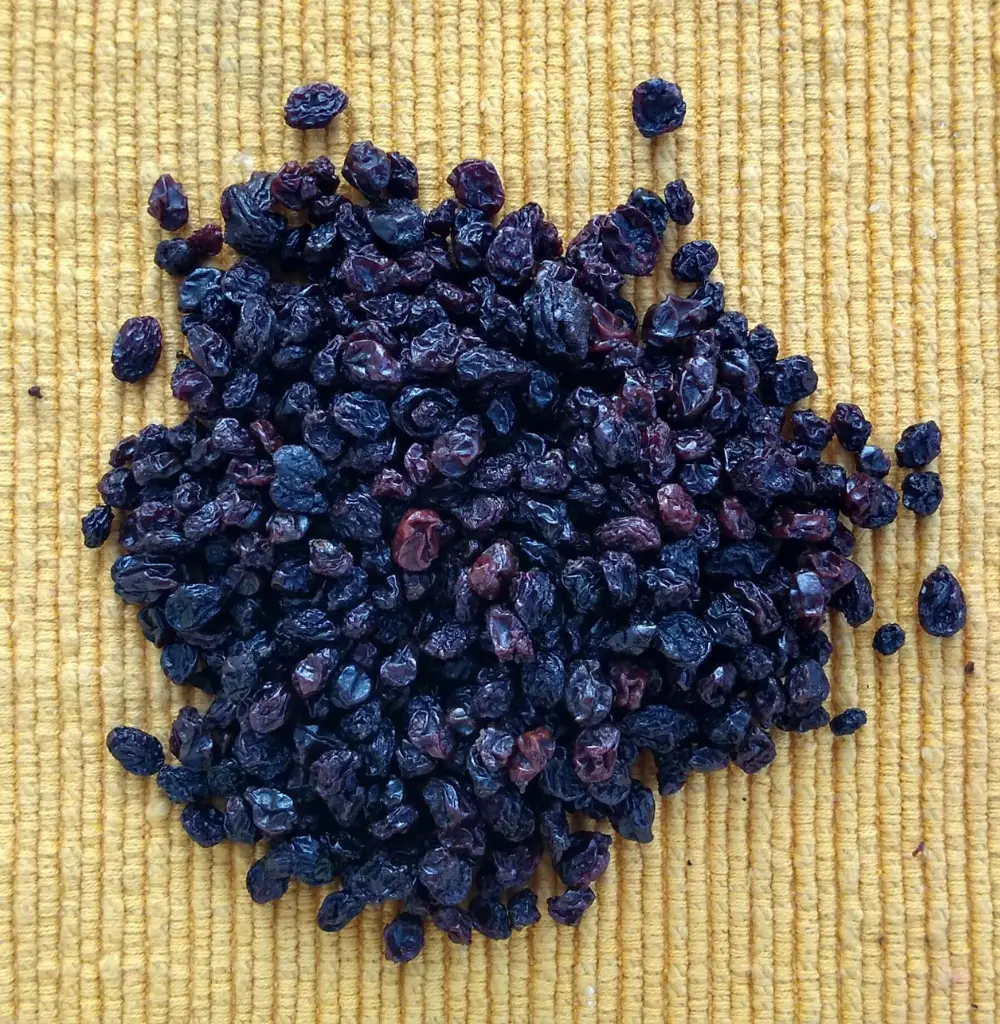
3. Natural Sugar Preservation
Perhaps the most beloved preservation method is creating "dulceață de mure" (blackberry preserve) using minimal sugar and no additives. This differs significantly from commercial jam:
Traditional Romanian Blackberry Preserve Recipe
Ingredients:
- 1 kg fresh wild blackberries
- 300-400g raw honey or unrefined cane sugar (much less than commercial jams)
- Juice of one lemon
- Optional: 1-2 fresh vine leaves
Process:
- Layer berries and sweetener in a ceramic or enameled pot (never aluminum)
- Allow to rest overnight, letting natural juices emerge
- Add lemon juice and vine leaf (which contains natural tannins that help preservation)
- Heat very slowly to a gentle simmer (never rapid boil, which destroys structure and nutrients)
- Maintain at lowest possible simmer for 30-40 minutes, removing any foam
- Test readiness by placing a small amount on a cold plate - it should thicken but not become stiff
- Transfer to sterilized glass jars and seal immediately
- Store in a cool, dark place
This low-sugar, slow-cooking method preserves the natural character of the berries while creating a preserve that will last for 1-2 years. The preserve retains significantly more nutrients than commercial versions that use high-temperature, rapid processing.
4. Fermentation and Natural Vinegar
An ancient preservation technique involves controlled fermentation of blackberries to create vinegar – a process that transforms the berries while creating a product with extended shelf life and enhanced health benefits:
- Crush ripe berries and mix with a small amount of raw honey (1-2 tablespoons per kg)
- Add a starter culture – traditionally a small amount of raw, unpasteurized vinegar with "mother"
- Cover with breathable cloth and let ferment in a warm place for 2-4 weeks
- Strain and transfer to bottles, allowing to age for at least another month
The resulting blackberry vinegar has been used in Romanian folk medicine as a tonic, digestive aid, and natural preservative. It can be used in dressings, sauces, and marinades, or diluted with water as a refreshing drink.
Modern Adaptations of Traditional Methods
While honoring traditional techniques, at TRANS FRUIT SRL, we've adapted these ancestral methods to meet modern safety standards while maintaining their natural approach:
- Flash-Freezing: Using modern flash-freezing techniques to better preserve cellular structure
- Controlled Dehydration: Low-temperature dehydrators maintain raw food properties while ensuring consistent results
- Vacuum Sealing: Enhancing traditional preservation with modern vacuum technology
- Quality Testing: Laboratory analysis ensures consistent quality and safety
- Sustainable Packaging: Eco-friendly packaging that maintains product integrity
"What makes our preservation methods special is not what we've added, but what we've chosen to leave out – artificial preservatives, excessive processing, and unnecessary ingredients. Nature has already perfected these berries; our job is simply to capture and maintain that perfection." - Gabriela Popescu, Master Preserver at TRANS FRUIT SRL
Health Benefits of Preserved Wild Blackberries
Properly preserved wild blackberries retain many of their health benefits, making them a valuable addition to the winter diet:
- Antioxidant Retention: Proper freezing and low-temperature processing preserves up to 90% of anthocyanins
- Fiber Content: All traditional preservation methods maintain the valuable fiber content
- Vitamin Preservation: Vitamin C is partially retained, especially in frozen berries
- Digestive Benefits: Fermented blackberry products offer probiotic benefits
- Immune Support: The concentrated compounds in preserved berries continue to offer immune system support
Incorporating Preserved Blackberries Into Your Diet
Each preservation method creates products best suited for different culinary applications:
- Frozen Blackberries: Perfect for smoothies, baking, or thawing for fresh-like use
- Dried Blackberries: Ideal for trail mixes, baking, or rehydrating for compotes
- Blackberry Preserves: Wonderful on toast, in yogurt, or as a topping for desserts
- Blackberry Vinegar: Excellent in dressings, marinades, or as a digestive tonic
- Blackberry Syrup: Perfect for flavoring drinks, drizzling over pancakes, or using in cocktails
Conclusion
The traditional Romanian approaches to preserving wild blackberries represent a perfect harmony between human ingenuity and nature's bounty. These methods, refined over generations, allow us to extend the fleeting blackberry season into a year-round source of nutrition and pleasure. By embracing these techniques with minor modern adaptations, we continue a cultural heritage while making these forest treasures accessible to those who appreciate their exceptional quality.
At TRANS FRUIT SRL, we remain committed to these traditional preservation methods, believing that they represent not just the best way to maintain flavor and nutrition, but also a connection to the wisdom of generations past – wisdom that recognized the perfect balance of nature long before modern science confirmed its value.

